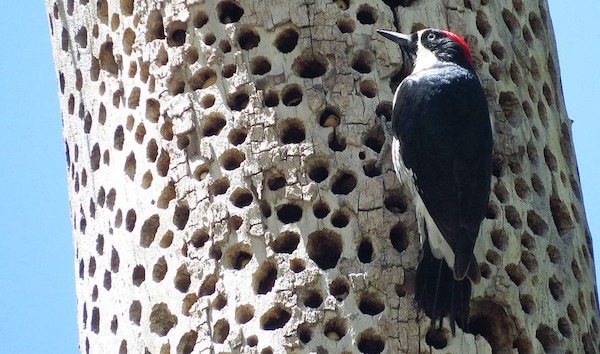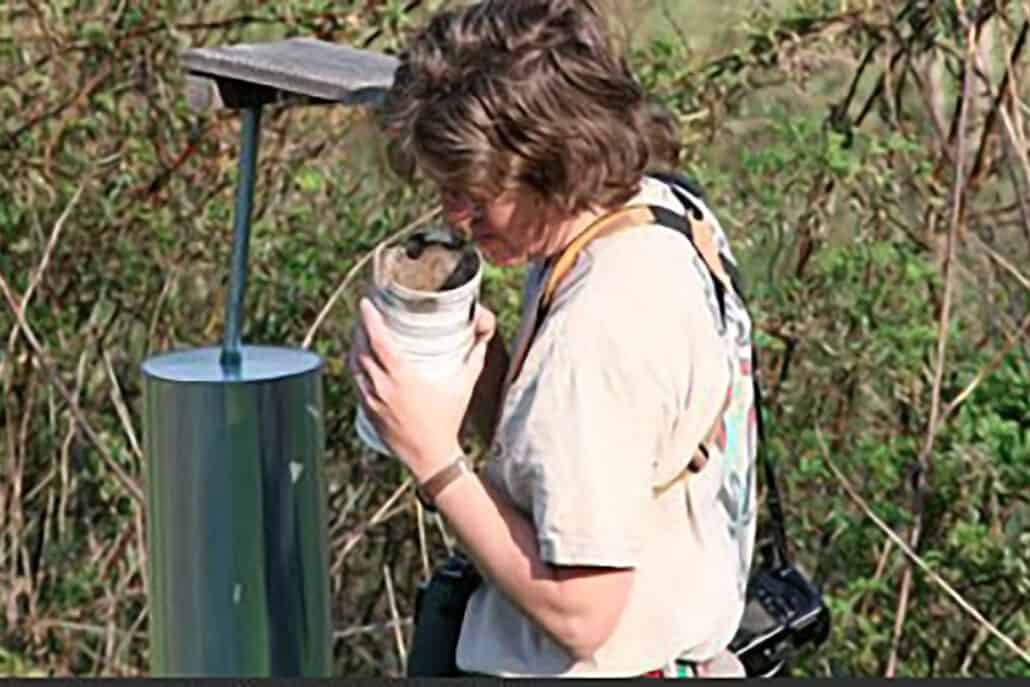This question is at least partially motivated by the concern that leaving a feeder up will prevent hummingbirds from migrating in the fall. This is a myth. Hummingbirds (and all migratory birds) have an instinctive inner urge that tells them to move. When this happens, nothing short of injury or illness will keep a hummingbird from migrating. No healthy hummingbird would ever stick around just because you’ve left your feeder up in the fall.
Don’t hummingbirds have to migrate to survive?
This is true for many of our North American hummer species—they must migrate to habitats that have blooming flowers and active insects. But not all hummers migrate. Many Anna’s hummingbirds spend the winter along the Pacific Coast. And some hummers, like the rufous hummingbird which nests as far north as Alaska, are hardy enough to survive late spring snowstorms.
Another good reason to keep your feeder out
Late migrants, young inexperienced birds of the year, and hummers that are not completely healthy may be helped by the presence of your feeder, especially in areas where blooming flowers are scarce in fall and early winter. Hummers that hang around feeders late into the fall are likely individuals that are sick or injured. Your feeders may be helping them to survive and recover.
Remember, hummingbird feeders are not vital to the survival of our native hummingbird species. At best they are an additional food source for hummingbirds. Nectar-producing flowering plants and flying insects are always going to be the most important food sources for hummingbirds.
The one possible exception would be during periods of bad weather. An early fall snow can cover flowering plants and stop insect activity. Also, a vagrant hummingbird can show up in winter searching for food. In such cases a clean feeder filled with fresh nectar can make all the difference for a bird’s survival.




